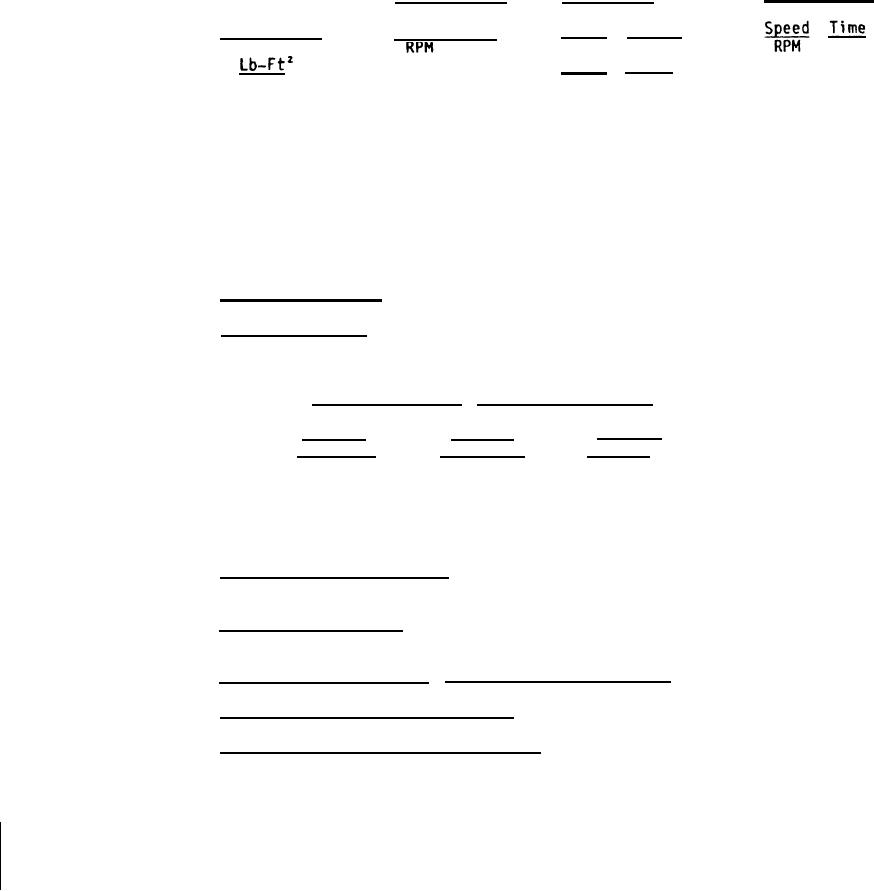
MIL-S-22999/2A(AS)
All tests shall be conducted at rated outlet pressure.
Each cycle shall consist of three consecutive phases as follows:
Phas e B -
------ . .
10 sec at
Phase C -
Following
Test Stand
Phase A -
Acceleration
Acceleration
Conditions
Rotor Polar
Drive
Load
Drive
Moment of
Drive
Speed Torque
Inertia
Speed Time
RPM
(Min) Sec
(Min) Lb-Ft
(Min) Sec
7150
13
2450
11
2450 47 +3-O
47.2
The above values do not allow for flywheel windage losses, test stand
Note:
drag, or inertia of the starter. In order to determine compliance with
this specification, the test equipment must be calibrated and specific
test results corrected accordingly. If the acceleration specified for
Phase C is not developed because of test stand drag torque, the test
stand inertia load may be reduced or external power may be applied to
assist acceleration to cutout speed. Time for end of Phase C to
starter cutout shall not exceed 15 seconds.
Operational time, six minutes
Sustained motoring:
Overrunning test: The starter output shaft shall be driven for 1000
hours in a clockwise direction (viewed from the anti-output shaft end) in
accordance with the following tabulation:
Starter Drive Overrunning Speed (rpm)
Phase C
Phase A
Phase B
750 Hours
200 Hours
50 Hours
12,200
12,400
9,050
After a maximum of each 25 hours of continuous overrunning, output
shaft rotation shall be stopped for at least 15 minutes.
Low temperature operation: During Phase B of this test at a drive torque
of 45 lb-ft, a minimum drive speed of 2450 rpm shall be developed.
The maximum peak transient torque shall be 200
Dynamic torque check:
1b-ft.
Shear section strength,_max static torque (lb-ft): 200
1 at 12,400 rpm overrunning speed
Shaft seal leakage (cc per hour):
Over pressurization pressure (psig): 4500
For Parts Inquires call Parts Hangar, Inc (727) 493-0744
© Copyright 2015 Integrated Publishing, Inc.
A Service Disabled Veteran Owned Small Business